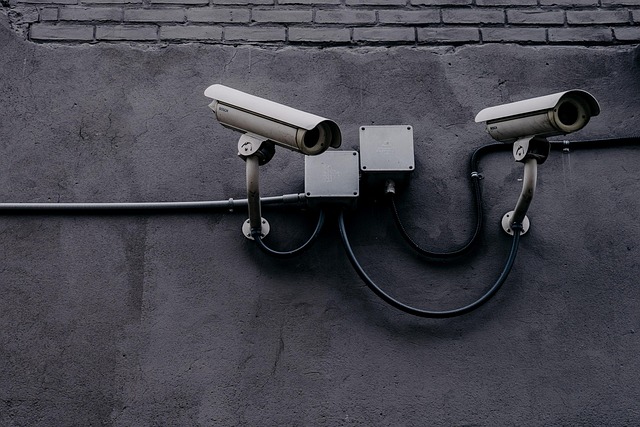Maintenance tips to extend the life of nursery monitoring equipment
Regular maintenance of nursery monitoring equipment keeps cameras, audio units, sensors, and connectivity working reliably while supporting infant sleep and safety. Small, consistent steps — from proper setup and cleaning to battery care and firmware updates — help prevent failures, protect privacy, and extend the useful life of monitoring devices in the nursery.

How to care for cameras and sensors?
Place cameras and sensors where they are stable, well-ventilated, and out of reach of curious infants. Clean lenses and sensor surfaces monthly with a soft, lint-free cloth and a mild, electronics-safe cleaner if needed. Avoid liquid contact with internal components; remove dust with gentle air puffs rather than wiping directly into ports. Inspect mounting hardware and brackets regularly to ensure the camera angle and sensor alignment remain correct for accurate monitoring and consistent video quality.
Maintaining audio and video performance
Audio and video quality depend on clean equipment and clear signal paths. Keep speaker and microphone openings free of dust and obstructions, and test audio channels periodically to verify clarity. For video, reduce glare by adjusting lighting or repositioning the camera; night-vision units benefit from unobstructed infrared zones. Perform occasional test calls or recordings to confirm both audio and video streams are synchronized and free from static or visual artifacts that could reduce effective monitoring.
Optimizing connectivity and setup
Reliable connectivity is central to monitoring performance. Place routers and range extenders to minimize interference and ensure consistent signal strength to cameras and audio units. Use wired connections where possible for stationary devices; when using Wi-Fi, select a less congested channel, and keep firmware updated on networking gear. Document setup details — IP addresses, SSIDs, and device names — and keep a secure record of default passwords changed during initial setup to simplify troubleshooting if connectivity drops.
Battery care and power management
Follow manufacturer guidelines for battery charging cycles to maximize battery longevity. Use the recommended chargers and avoid extreme temperatures while charging or storing spare batteries. For units with removable batteries, inspect for swelling, corrosion, or reduced run time and replace cells per the device’s service recommendations. Enable power-saving modes when continuous streaming is unnecessary, and keep a charging routine or spare power bank available for long nights to avoid unexpected downtime during infant sleep.
Protecting privacy and encryption
Privacy protection preserves trust and safety in the nursery. Enable built-in encryption options, require strong unique passwords, and turn on two-factor authentication if available. Regularly review access logs and connected accounts to spot unfamiliar devices. Disable unnecessary remote access features and keep guest access separate from primary monitoring accounts. When recycling or disposing of devices, factory-reset units and erase any stored recordings to prevent unintended data exposure.
Monitoring, alerts, and infant sleep safety
Test alerts and sensor thresholds routinely so notifications about movement, sound, or environmental changes are timely and accurate. Calibrate motion or breathing sensors according to manufacturer instructions and verify alert volume and delivery methods (push, email, or SMS). Keep alert settings appropriate for infant sleep patterns to reduce false alarms but ensure genuine events trigger clear notifications. Remember: monitors assist in oversight but do not replace safe sleep practices and in-person checks for infant safety.
This article is for informational purposes only and should not be considered medical advice. Please consult a qualified healthcare professional for personalized guidance and treatment.
Conclusion
Consistent maintenance — including careful cleaning, secure setup, software updates, battery management, and privacy practices — helps nursery monitoring equipment perform reliably and last longer. Regular checks and simple preventive steps reduce unexpected failures and support accurate infant monitoring so caregivers can focus on safety and restful sleep rather than troubleshooting equipment.






